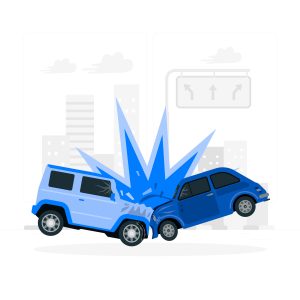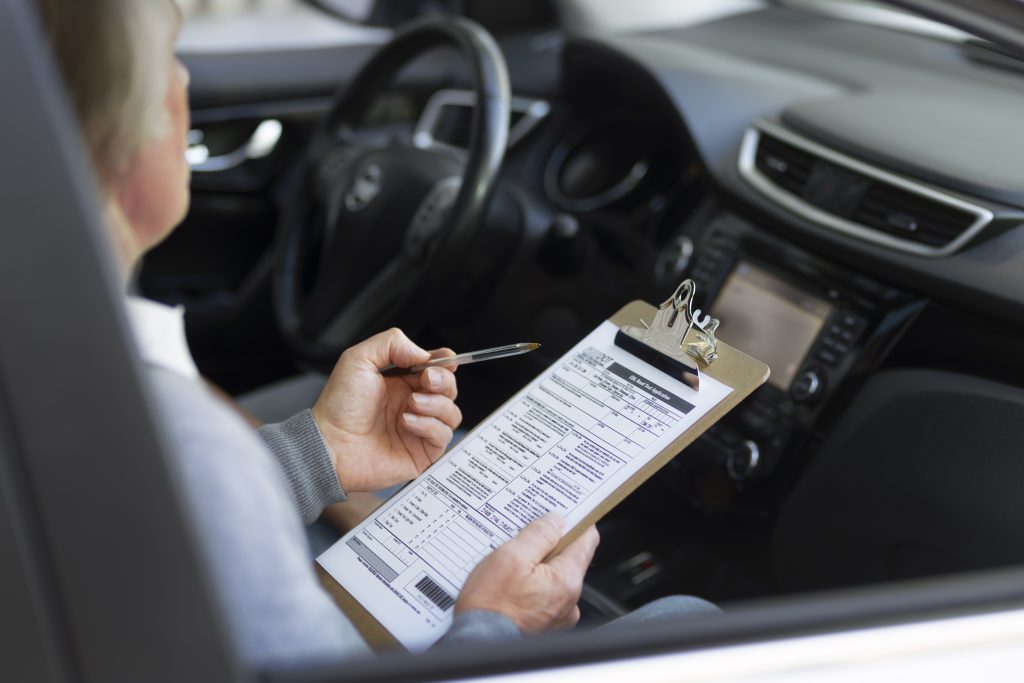Full Coverage Car Insurance
Understanding Your Options (2024)

Full Coverage Car Insurance generally refers to a combination of coverages that offer broader protection for your car than just the state-mandated minimum liability insurance. Let’s break down what’s typically included in a full coverage policy and what factors to consider when choosing the right option for you.

What's Included in Full Coverage Car Insurance?
- Collision Coverage: Pays to repair or replace your car if you hit another vehicle or object, regardless of fault.
- Comprehensive Coverage: Covers damage to your car from events other than collisions, such as theft, vandalism, fire, weather, or animal strikes.
- Liability Coverage: This is mandated by all states and covers injuries and property damage you cause to others in an accident. However, “full coverage” policies typically offer higher liability limits than the minimum required.
Beyond the Basics
While these three coverages form the core of a full coverage policy, additional options might be included depending on your insurer and state:
- Uninsured/Underinsured Motorist Coverage: Protects you if the driver who hits you doesn’t have enough insurance or any at all.
- Medical Payments Coverage: Covers medical expenses for you and your passengers, regardless of fault, after an accident.
- Roadside Assistance: Provides services like towing, jumpstarts, and flat tire changes in case of breakdowns.
Is Full Coverage Right for You?
Several factors influence this decision:

Value of Your Car:
If your car is older with a lower value, full coverage might not be necessary.

Driving Habits:
If you drive infrequently or in a low-risk area, you might opt for a less comprehensive policy.

Loan or Lease:
Lenders typically require full coverage for financed or leased vehicles.
Finding the Right Coverage
The key to getting the right insurance is understanding your needs and risk tolerance. Here are some tips:
- Shop around: Compare quotes from multiple insurers to find the best combination of coverage and price.
- Consider your deductible: A higher deductible lowers your premium but means you’ll pay more out-of-pocket if you need repairs.
- Talk to an agent: An insurance agent can explain your options and help you tailor a policy to your specific situation. Don’t be afraid to ask about add-ons like roadside assistance or gap insurance (which covers the difference between your car’s value and what your insurance pays if it’s totaled).
Who Needs "Full Coverage"
- Lenders and Lessors: If you’re financing or leasing a car, your lender will likely require full coverage to protect their investment.
- Newer or Valuable Cars: With a newer or more valuable car, the financial risk of repairs is higher. Full coverage offers valuable protection.
- Peace of Mind Drivers: If you want comprehensive protection against various potential risks, “full coverage” provides security.
Remember:
“Full coverage” is a general term, not an insurance product. By understanding the different components and your risk profile, you can make informed decisions to ensure you’re adequately protected on the road.